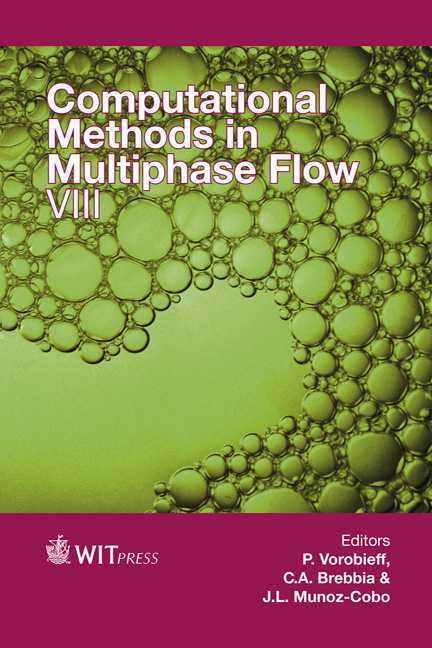Computational Multi-component Modelling Of Electron Transport And Ohmic Heating Inside A Micro Arc-jet Thruster
Price
Free (open access)
Transaction
Volume
89
Pages
14
Page Range
3 - 16
Published
2015
Size
2,798 kb
Paper DOI
10.2495/MPF150011
Copyright
WIT Press
Author(s)
R. Groll, J. E. Gomez
Abstract
Fuel mass is one of the main economical and technical restrictions while designing space propulsion systems. Given the high costs related to the transport of mass into space, the necessary fuel mass for accomplishment of the mission should be minimised. For an optimum “thrust/fuel consumption ratio” the gas exit velocity must be maximised. In this research this is achieved through the heating of the micro gas flow by an electrical arc inside the sub-sonic region of the propulsion system. The electrical arc induces a partial ionisation of the propellant gas. Because of the very low mass flow, the gap of the plasma channel has a width of just a few hundred microns. The electrical arc consists of electrons being accelerated through this small gap by the charged walls of the microchannel. The electrons move in a cross flow compared to the propellant gas. The computational results are validated with the experimental data. Through this investigation a very efficient form of electrodynamic heating-modelling is developed. The very good results show the quality of the present method and encourage further utilisation and development. For this reason this model will be used for the optimisation and the computational engineering pre-development of future thermo-electric propulsion systems.
Keywords
charge carrier transport, electron flux modelling, electric discharge, charged/neutral particle interaction, electric conductivity





